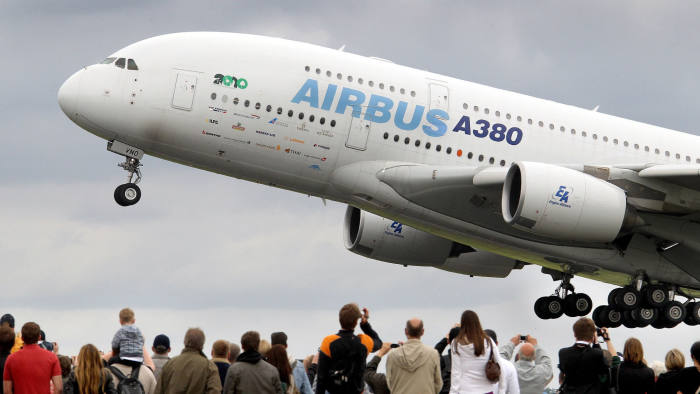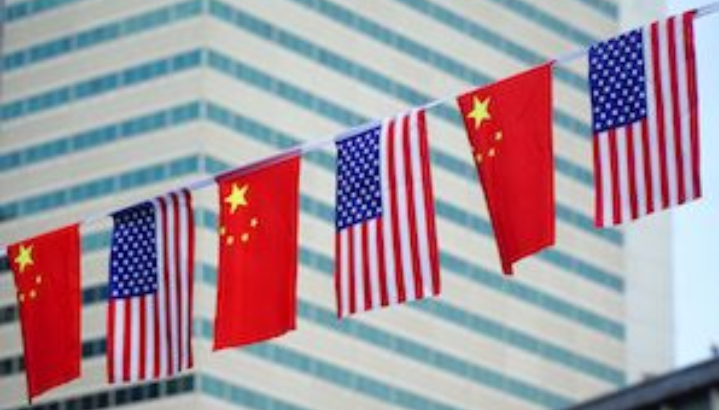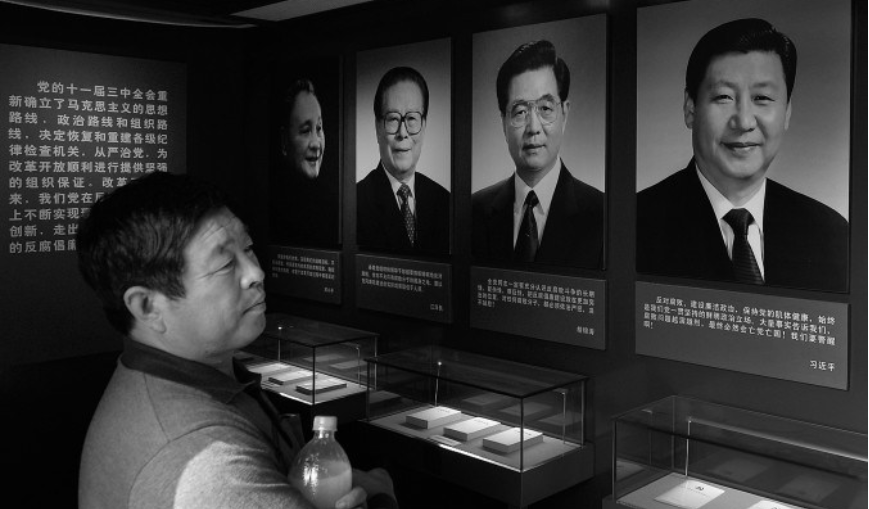Published 13 August 2020 | 5 minute read
Using the so-called “carousel of pain”, the US has shifted retaliatory tariffs onto France and Germany and away from Greece and the UK, as part of the ongoing Boeing-Airbus subsidies dispute. This illustrates the urgency of developing clearer disciplines on subsidies, especially as China continues to develop its civilian aircraft industry.
The US on Wednesday announced a refinement to the existing package of retaliatory EU tariffs it had previously put in place as part of the ongoing Boeing-Airbus subsidies dispute. The trade coverage value and tariff levels remain unchanged, but some tariffs were shifted onto France and Germany from Greece and the UK. The action is being taken pursuant to a provision of US trade law which allows the US to tighten the screws on non-complaint trade partners.
The “carousel of pain”
The Carousel Retaliation Act of 1999 (proposed as an amendment to section 301 of the Trade Act of 1974) allows the US Trade Representative to periodically review and rotate (hence: carousel) its product retaliation list when a country has failed to fully implement a WTO ruling. The intention is to shift the tariffs to where they will inflict the maximum economic pain at any given time in order to “encourage” the offending party to bring its practices into WTO compliance.
Under today’s action, tariffs will be assessed on an as yet unspecified list of products from France and Germany beginning 1 September, while existing retaliatory tariffs on an equivalent amount of trade from Greece and the UK will be dropped. The total amount of trade covered (US$7.5 billion) and the tariff rates applied (15% for aircraft and 25% for all other products) remains unchanged. These tariffs were authorized by the WTO in October 2019.
A sword of Damocles
This so-called “carousel of pain” is even more insidious than it appears at first glance. In addition to any rotating tariffs that actually are applied, it creates damaging uncertainty about what tariffs could be applied. Even product categories or industry sectors that are ultimately left untouched could feel constricted by the ever-present sword of Damocles hanging overhead. The EU has been adamant that carousel retaliation is in fact so damaging that it breaches WTO rules on “equivalence”, but no definitive ruling has been rendered.
Although the carousel approach provides a new plot twist in the long storyline of the Boeing-Airbus dispute, the underlying dynamics remain relatively unchanged. Airbus and Boeing have been the beneficiaries of billions of dollars in subsidies – taking a myriad of forms – from their respective governments. Both the US and the EU filed WTO dispute settlement cases in 2004 charging that the other sides’ subsidies are illegal under existing trade rules. After more than a decade and a half of charges, countercharges, filings, investigations, interim decisions and appeals, retaliatory tariffs are now in play. The tragedy of course is that the tariffs will mostly hurt innocent by-standers and decrease economic well-being on both sides of the Atlantic. This is a significant flaw in the way we discipline illegal subsidies, and a major challenge for WTO reform moving forward.
More about tactics?
Ultimately though, this latest retaliation might be more about tactics and less about tariffs. Both sides have professed a preference for some type of a negotiated settlement (reiterated again today) and pressure to reach a deal is building on both sides. The WTO is expected to greenlight substantial EU retaliatory tariffs of up to US$11.2 billion on the US pursuant to the Boeing case in September. Applying pressure through carousel tariffs might be an attempt by the US to strengthen its hand in advance of a leverage shift in favor of the EU. With the prospect of massive, mutually destructive tariffs on the horizon, the chess pieces might finally be lining up for a settlement.
Of course, there have been previous false dawns during the painful history of this dispute, so a healthy degree of skepticism is warranted. Yet could things be different this time? While the US and EU have been slugging it out over Boeing and Airbus, China’s civilian aircraft industry has made important strides over the past decade. Although the gap is still large, China’s intention is clear: To develop domestic capability to displace Boeing and Airbus in China’s civilian aviation market, the world’s largest. And in typical Chinese fashion, the full weight of the government is being put behind the effort – in ways that are both transparent and opaque.
China’s challenge for trade governance
This presents not only commercial challenges, but also trade governance challenges. The mind-numbing complexities of the Airbus-Boeing dispute, and the seeming impossibility of untangling the web of subsidies and preferences accorded to domestic manufacturing by US and EU governments, will seem trite by comparison when China – utilizing its model of state-directed capitalism to maximum effect – is fully in the game.
Of course, any meaningful resolution of the subsidies issue would need to be multilateral and will not happen overnight. But the Airbus-Boeing dispute provides the US and EU with both the opportunity and the responsibility to make at least some progress in clarifying grey areas in existing trade governance and filling in gaps where possible. Pointing fingers and ratcheting up tariffs will get us nowhere.
After 16 years of inconclusive squabbling, it is time for the US and the EU to finally stop the Boeing-Airbus carousel and to lay the groundwork for a more cogent set of rules – not only to calm the waters across the Atlantic but, perhaps more importantly, to prepare for China’s future entry into the game.
© The Hinrich Foundation. See our website Terms and conditions for our copyright and reprint policy. All statements of fact and the views, conclusions and recommendations expressed in this publication are the sole responsibility of the author(s).






